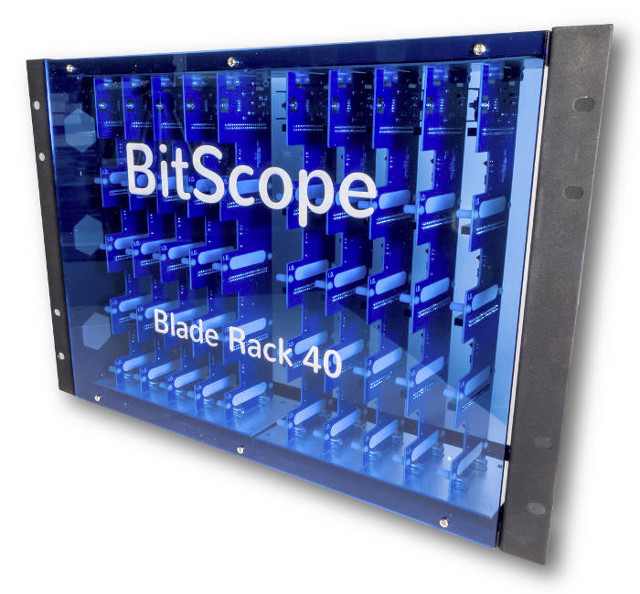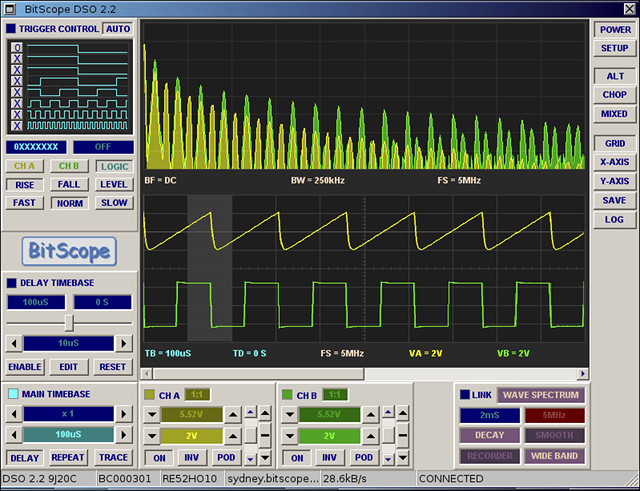BitScope Designs, a manufacturer of embedded mixed signal test, measurement and data acquisition systems, has announced the launch of a new models of their industrial desktop, rack or wall mountable power and mounting power systems with BitScope Blade Uno, Duo, and Quattro supporting respectively 1, 2 and 4 Raspberry Pi 3/2/B+/A+ boards. The blades can also be mounted in a 19″ rack with up to 40 Raspberry Pi boards.
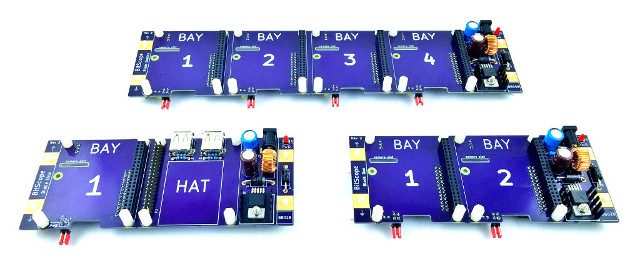 The three systems share many of the same specifications:
The three systems share many of the same specifications:
- Power Supply

40 Rapsberry Pi Rack with (Older Versions) of BitScope Blade Quattro - Unregulated 9V to 48V DC power, compatible with most 12V & 24V UPS, most DC solar power systems
- 4A (peak) switch mode supply built-in
- 2.1mm socket or industrial power tabs
- Can be used with low cost passive PoE,
- Can power external USB, HDD & SSD
- 5V auxiliary power for example for Pi Display
- Expansion& I/O ports
- Full access to RPi’s I2C, SPI, UART & most GPIO
- Slot for camera connector for each Pi
- HDMI and audio accessible from Pi in BAY one
- Blade HUB I/O expansion sockets for each Pi
- Compatible with BitScope CAP industrial I/O
- Mount System
- Rack mount to build compute cluster solutions
- 4 x 3mm tabs and wall mounting stand-offs
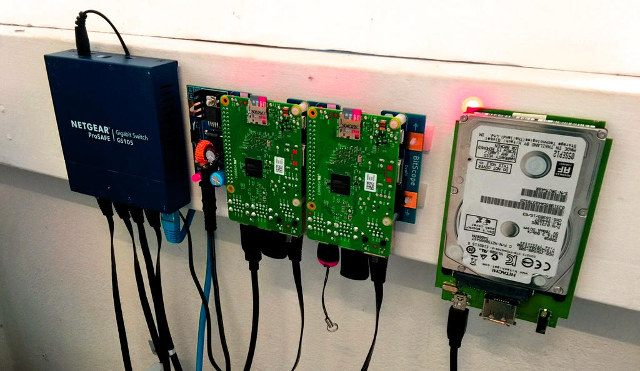
Each model also has specific features:
- BitScope Blade UNO (BB01B)
- Designed for one Raspberry Pi and one HAT
- Power and connect up to 4x BitScopes
- Raspberry Pi power control header,
- 2x USB power sockets
- BitScope Blade DUO (BB02B)
- Designed for 2x Raspberry Pi boards
- Power and connect up to 8x BitScopes
- Individual power and reset inputs for each Pi
- BitScope Blade QUATTRO (BB04B)
- Designed for 4x Raspberry Pi boards
- Power and connect up to 16x BitScopes
- Individual power and reset inputs for each Pi.
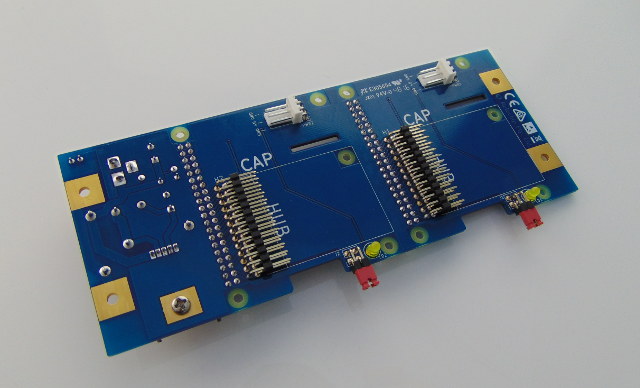
The HUB CAP expansion sockets are used to connect BitScope mixed signal scopes & analyzers, which can be controlled by BitScope DSO software running on the Raspberry Pi board with oscilloscope, logic analyzer, wave generator, and other modes of operation.
You’ll find a few more details on the press release, and the new BitScope Blades can be purchased exclusively on Element14 starting at 32.5 GBP (~$41 US). BitScope also has a “Blades” product page, but it is currently referring to the older versions.

Jean-Luc started CNX Software in 2010 as a part-time endeavor, before quitting his job as a software engineering manager, and starting to write daily news, and reviews full time later in 2011.
Support CNX Software! Donate via cryptocurrencies, become a Patron on Patreon, or purchase goods on Amazon or Aliexpress


